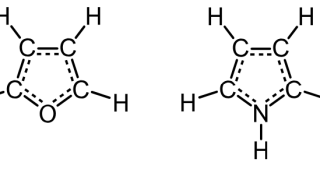
First video of catalysis in action at the atomic level
An international team of scientists has, for the first time, directly observed catalysis in-action at the atomic level. In mesmerizing new videos, single atoms move and shake during a chemical reaction that removes hydrogen atoms from an alcohol molecule. By viewing the process in real time, the researchers discovered several short-lived intermediate molecules involved in […]








